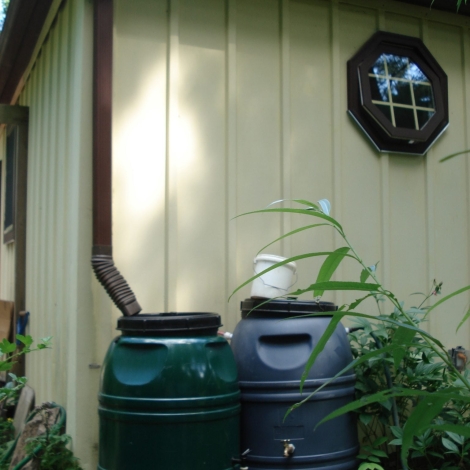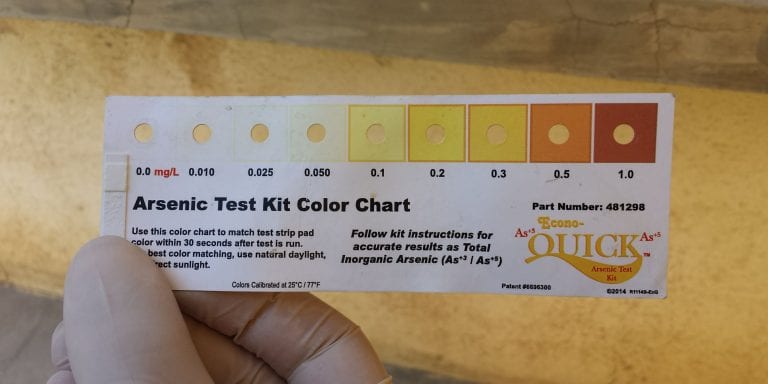A rainwater catchment system can provide water to the world’s under-served communities where the supply can be limited. It can also reduce water usage in homes anywhere. Being mindful of the environment is something that we at Modernize are passionate about, and we want to help you incorporate this lifestyle at home. A rainwater catchment system can meet that goal and it is not too difficult or expensive to build.
Active and passive rainwater catchment
Before you begin laying out your plan, it’s important to understand the two main types of rainwater catchment systems: Active and passive. Put simply, active rainwater catchment is a system that collects, stores, filters, and reuses water. These are typically large pumps and tanks that require access to electricity and technical skill for installation. So, in the case where an active rainwater catchment system is not the best option—for instance, in an under-served community where materials are not readily available, passive rainwater catchment may work instead.
Passive rainwater catchment simply collects rainwater off a roof and contains it for drinking, bathing, and cleaning, or even to water a garden. There is usually no mechanical or electric system involved in passive rainwater catchment, which makes it the perfect do-it-yourself project. It’s also a helpful way to empower and bring water to those in need.
Basic building tips
Creating your passive rainwater catchment system requires just a few things: Access to a roof, some sort of funnel (or a roof with a gutter and downspout), and a large plastic container, such as a 55 gallon barrel in which to store the rainwater. The good news is that your roof automatically becomes your first collection area, which checks the first requirement off the list. The second thing needed is a gutter or downspout.
Create an opening large enough for the end of the downspout to fit into the barrel and install a second opening at the bottom of the barrel to insert a spout. When the rainwater is collected atop the roof, it will drain through the downspout and into the barrel. To clean and strain the water clean of twigs, leaves, and dirt there is a simple solution. Take a pair of nylon pantyhose (cheese or muslin cloth works well, too) and wrap it around the open end of the downspout where it attaches to the barrel. Use duct tape or something similar to secure the “filter”. Another way to assure you have clean water is to regularly clean the roof and gutter.
Note that this method does not guarantee the purity of the water. If it to be used for drinking, consider running it through a filter such as these ceramic flower pot designs, treat it with chlorine or, in a pinch, purify it with the sun using the solar disinfectant method.
Construction guides
Build a Rainwater Harvesting System (Mother Earth News)
DIY 1100 Gallon Rainwater Harvesting & Collection System (YouTube)
How to build a rain water collector (Instructables)
[This article was written for E4C by the team at Modernize]


Nice article Katherine,
We have just finished a project in Tonga that included developing a practical guide to maintaining a healthy and sanitary rainwater supply once it has been installed. it is available at http://www.esr.cri.nz/water-science/our-work/esr-in-the-pacific/ if you would like to have a look and see if it is of any use for you.
Best wishes
Matt